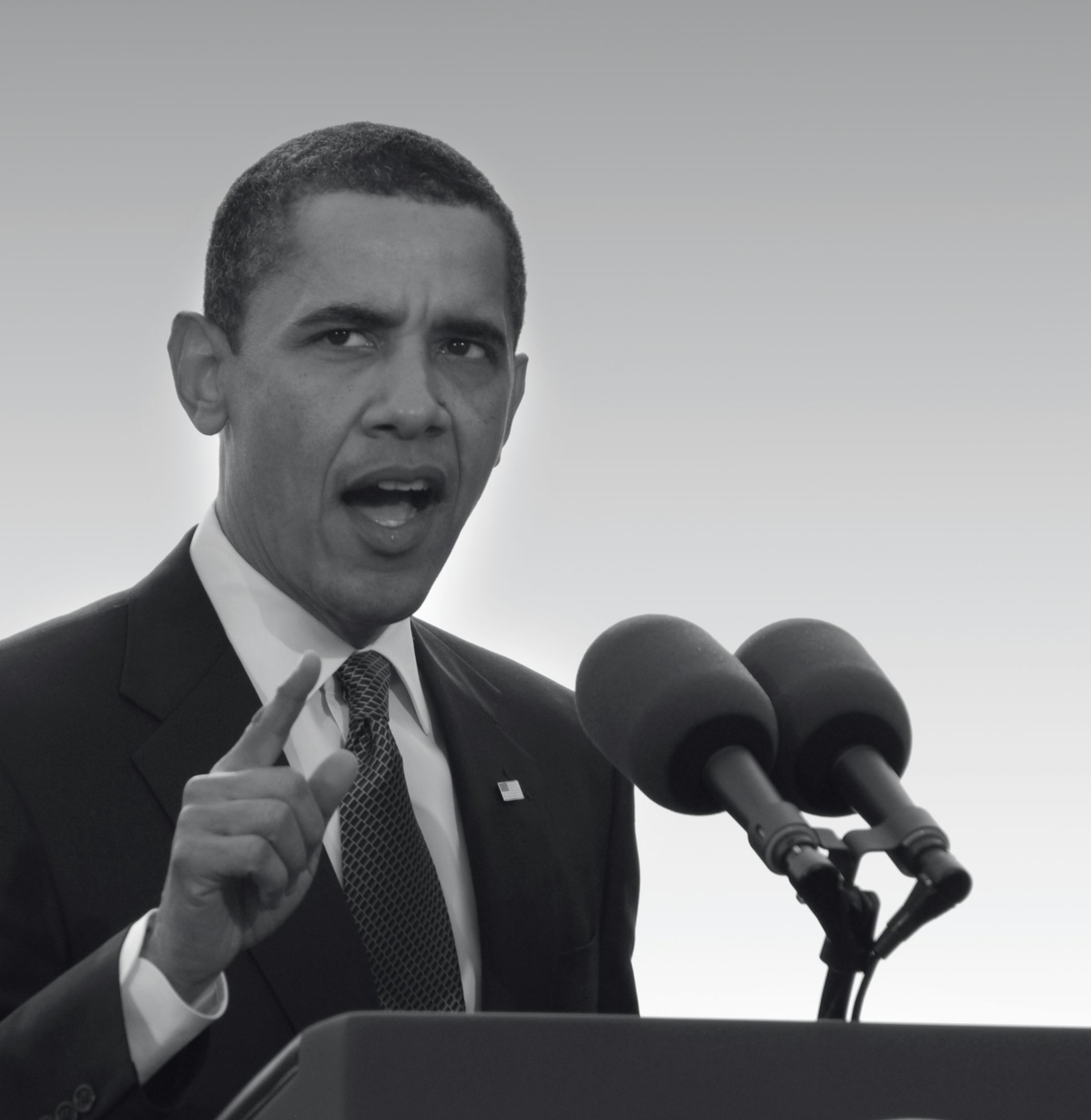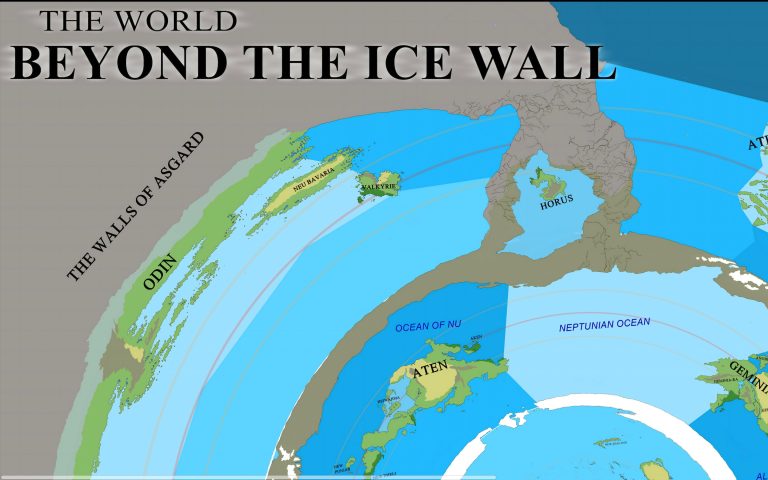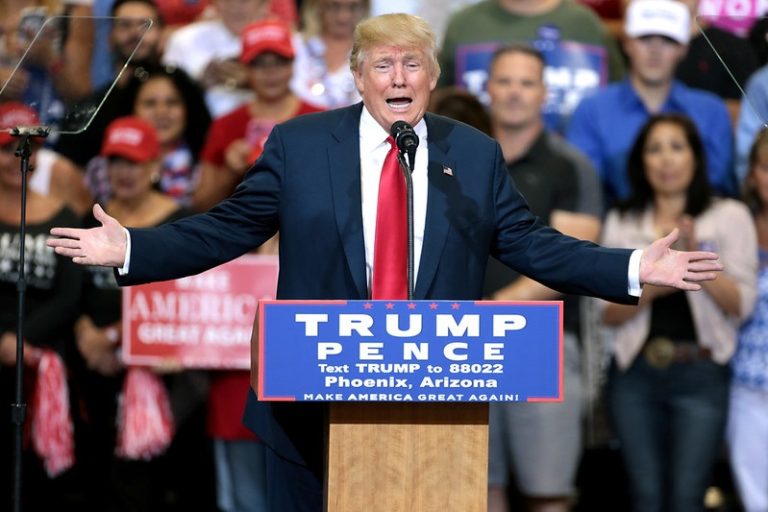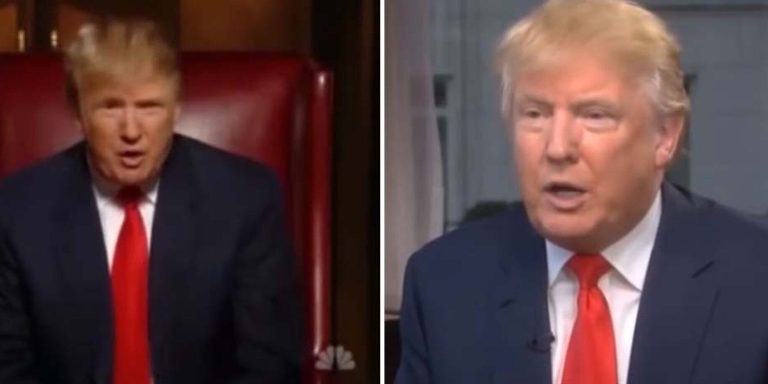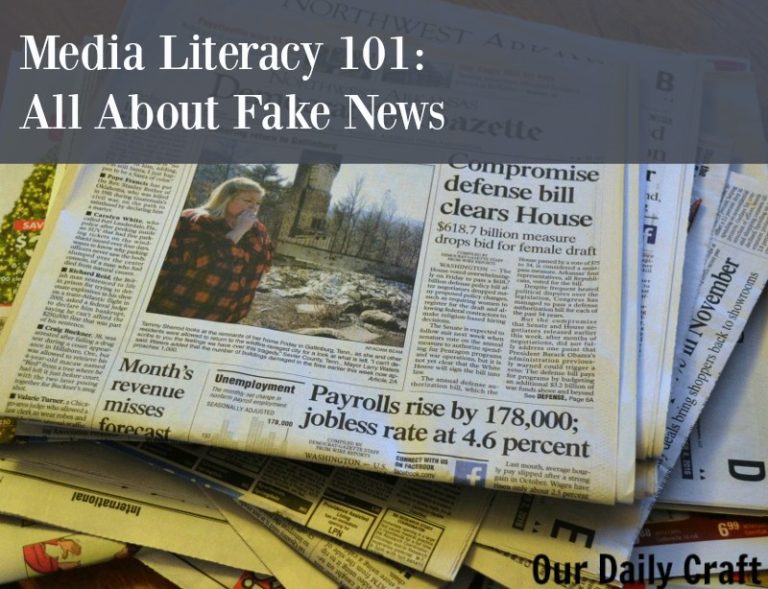

Unleashing American Power: Examining Trump’s Foreign Policy Legacy
Donald Trump’s presidency (2017-2021) marked a significant departure from traditional American foreign policy. Characterized by an “America First” approach, his administration challenged established alliances, embraced unilateralism, and prioritized transactional relationships over ideological commitments. Analyzing his legacy requires navigating a complex tapestry of successes, failures, and lasting impacts that continue to shape global dynamics.
A Nationalist Reorientation: Trump’s foreign policy wasn’t merely a shift in tactics; it represented a fundamental ideological recalibration. The emphasis shifted from promoting democracy and human rights globally to advancing perceived American interests, often defined narrowly in economic terms. This approach manifested in several key areas:
-
Trade Wars and Tariffs: Trump initiated a trade war with China, imposing tariffs on billions of dollars worth of goods. While aiming to reduce the US trade deficit and protect American industries, the impact was multifaceted, leading to increased prices for consumers and uncertainty in global markets. This approach challenged the established post-World War II system of multilateral trade agreements.
-
Withdrawal from International Agreements: Trump withdrew the US from the Trans-Pacific Partnership (TPP) trade agreement, the Paris Agreement on climate change, and the Iran nuclear deal. These withdrawals signaled a rejection of multilateralism and a preference for bilateral negotiations tailored to perceived immediate national interests. The long-term consequences of these actions are still unfolding.
-
Redefining Alliances: Trump’s relationship with traditional allies, particularly in Europe and NATO, was marked by skepticism and demands for increased financial contributions. He questioned the value of alliances, suggesting a willingness to abandon them if they did not serve perceived US interests. This approach tested the strength and future of long-standing partnerships.
Reassessing Regional Dynamics:
Trump’s foreign policy wasn’t uniformly applied across all regions. Some key shifts included:
-
Middle East: Trump’s approach to the Israeli-Palestinian conflict favored Israel, moving the US embassy to Jerusalem and recognizing Israeli sovereignty over the Golan Heights. His administration also pursued a maximum pressure campaign against Iran, withdrawing from the nuclear deal and imposing crippling sanctions.
-
Asia: The trade war with China dominated US-China relations, while Trump engaged in a complex relationship with North Korea, including unprecedented summits with Kim Jong Un. The outcomes of these interactions remain a subject of ongoing debate.
-
Latin America: Trump’s administration focused on border security and immigration, taking a tough stance on migration from Central America and Mexico. His approach often prioritized security over developmental assistance.
| Region | Key Policy Shift | Impact |
|---|---|---|
| Middle East | Pro-Israel stance, withdrawal from Iran deal | Increased regional tensions, uncertain peace prospects |
| Asia | Trade war with China, summits with North Korea | Reshaped global trade dynamics, uncertain denuclearization progress |
| Latin America | Focus on border security and immigration | Increased tensions, mixed effects on migration |
A Legacy of Unpredictability and Disruption:
Trump’s foreign policy was defined by its unpredictability. His frequent use of Twitter to announce policy changes and his personal diplomacy, often bypassing established diplomatic channels, contributed to global uncertainty. This unpredictability, while potentially advantageous in some negotiations, often undermined American credibility and damaged trust in its leadership.
Conclusion: A Mixed Legacy:
Assessing Trump’s foreign policy legacy requires acknowledging both its successes and failures. While some argue his approach secured economic benefits for the US in certain areas and challenged established power structures, others criticize its detrimental impact on international cooperation and the erosion of American leadership. The long-term consequences of his policies continue to unfold, impacting global relations, economic stability, and the future of multilateralism. The debate surrounding his legacy will undoubtedly continue for years to come, shaping discussions about the role and responsibilities of American power on the global stage.

Additional Information
Unleashing American Power: A Deeper Dive into Trump’s Foreign Policy Legacy
Donald Trump’s foreign policy, characterized by “America First” nationalism, significantly deviated from traditional US approaches. While a simplistic narrative of “unleashing American power” might initially capture its essence, a deeper analysis reveals a more nuanced picture encompassing both assertive actions and strategic withdrawals, with long-term consequences still unfolding. This analysis delves into key aspects of his foreign policy, offering a critical assessment beyond superficial observations.
1. The “America First” Doctrine: A Re-evaluation:
Trump’s “America First” wasn’t merely an isolationist stance. It involved a recalibration of alliances and commitments, prioritizing bilateral deals over multilateral agreements. This manifested in:
-
Withdrawal from International Agreements: The withdrawal from the Trans-Pacific Partnership (TPP), the Paris Agreement on climate change, and the Iran nuclear deal (JCPOA) signaled a rejection of global cooperation mechanisms. While proponents argued these agreements disadvantaged the US, critics highlighted the damage to US credibility and leadership in global governance. The economic consequences of leaving the TPP, for example, are still being debated, with some studies suggesting negative impacts on US trade and competitiveness.
-
Renegotiation of Trade Deals: Trump’s focus on bilateral trade deals, exemplified by the renegotiation of NAFTA into USMCA, aimed to address perceived trade imbalances. While some sectors benefited from revised tariffs and provisions, others faced challenges due to increased costs and disrupted supply chains. The impact on overall US economic growth remains a subject of ongoing economic research.
-
Shifting Alliances: Trump’s rhetoric and actions strained traditional alliances, particularly with NATO allies. His questioning of NATO’s value and pressure for increased defense spending from member states caused anxieties about transatlantic solidarity and potentially weakened the alliance’s collective defense capabilities.
2. Assertiveness towards China and Russia:
Trump’s administration adopted a more assertive stance towards both China and Russia, although the strategies differed significantly:
-
China: The trade war initiated with China, involving significant tariff increases on billions of dollars worth of goods, aimed to address trade deficits and intellectual property theft. While short-term impacts included disruptions to global supply chains and increased consumer prices, the long-term effects on the US-China relationship are still uncertain. The trade war did not fully achieve its stated objectives, and some argue it inadvertently benefitted China in certain areas.
-
Russia: Trump’s relationship with Russia was marked by ambiguity and controversy. While publicly condemning Russian interference in US elections, he also expressed admiration for Vladimir Putin and showed reluctance to confront Russian aggression in Ukraine and Syria. This ambiguity fueled concerns about Russian influence and weakened the Western response to Russian actions. The Mueller investigation highlighted the complexity and potential risks of this approach.
3. Middle East Policy: A Departure from Traditional Approaches:
Trump’s Middle East policy was characterized by a significant shift away from previous administrations’ emphasis on nation-building and regime change. Key aspects include:
-
Withdrawal of Troops from Syria and Afghanistan: The withdrawal of US troops from Syria and the accelerated withdrawal from Afghanistan sparked debates about the implications for regional stability and the fight against terrorism. The chaotic nature of the withdrawal from Afghanistan, in particular, led to a humanitarian crisis and raised questions about the US’s commitment to its allies.
-
Abraham Accords: The brokering of the Abraham Accords, normalizing relations between Israel and several Arab nations, represented a significant diplomatic achievement. However, the long-term impact on regional peace and stability remains to be seen. Critics point to the lack of progress on the Israeli-Palestinian conflict as a major omission.
4. Assessing the Legacy:
Trump’s foreign policy legacy is complex and multifaceted. It challenged established norms, prioritized national interests as he defined them, and left a mixed bag of achievements and setbacks. Analyzing his legacy requires a careful examination of both short-term gains and long-term consequences, considering factors such as:
-
Damage to International Institutions: Trump’s actions undermined the credibility and effectiveness of several international institutions, raising concerns about the future of global cooperation.
-
Shifting Global Power Dynamics: Trump’s policies contributed to the shifting global power dynamics, potentially exacerbating existing tensions and creating new challenges for future administrations.
-
Domestic Political Implications: His foreign policy decisions significantly influenced the domestic political landscape, shaping debates about national security, international relations, and America’s role in the world.
Ultimately, evaluating the full impact of Trump’s foreign policy requires longitudinal studies and further analysis. The long-term consequences of his decisions, including the impact on US alliances, international institutions, and global stability, will continue to unfold for years to come. Any comprehensive assessment must move beyond simplistic narratives and engage with the complexities and contradictions inherent in his “America First” approach.
